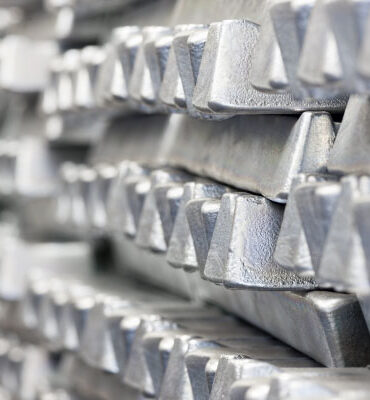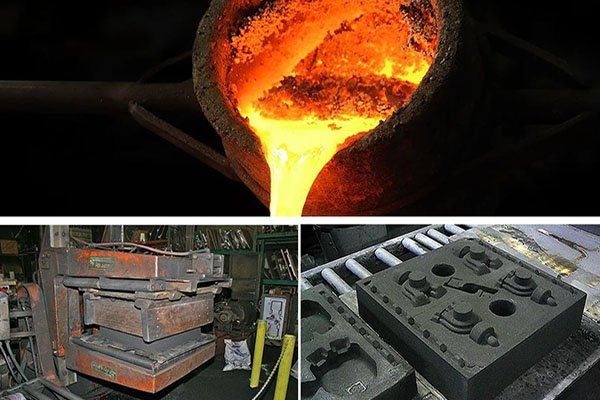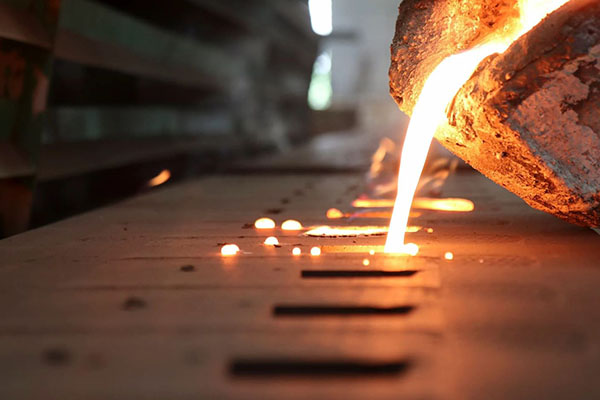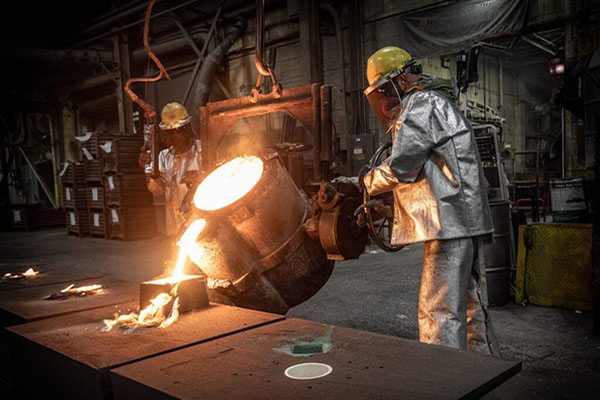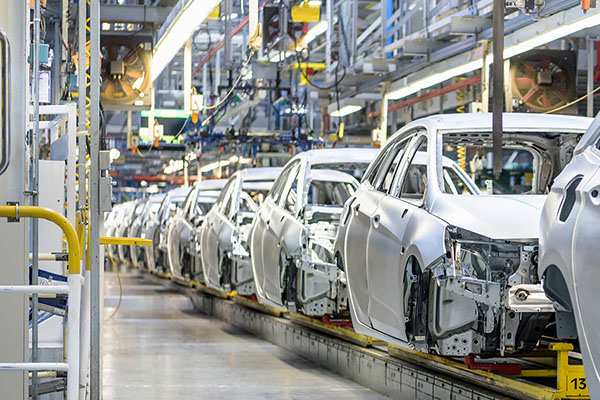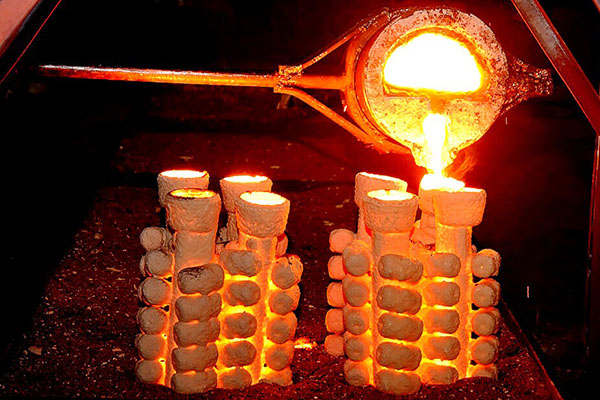Investment casting is one of the most popular precision metalworking methods used to produce complex, high-quality machine parts and components. The key to achieving superior products lies in selecting the right casting materials for the customer’s application. Choosing the appropriate material ensures the final product performs as intended, eliminates unwanted casting defects, and minimizes waste from excess material. In this article, GTR Vietnam Cast will share some commonly used materials and their applications.
Understanding investment casting materials
Investment casting materials are primarily categorized into two groups: wax patterns and metal alloys. Each plays a vital role in the casting process.
1. Wax materials for patterns
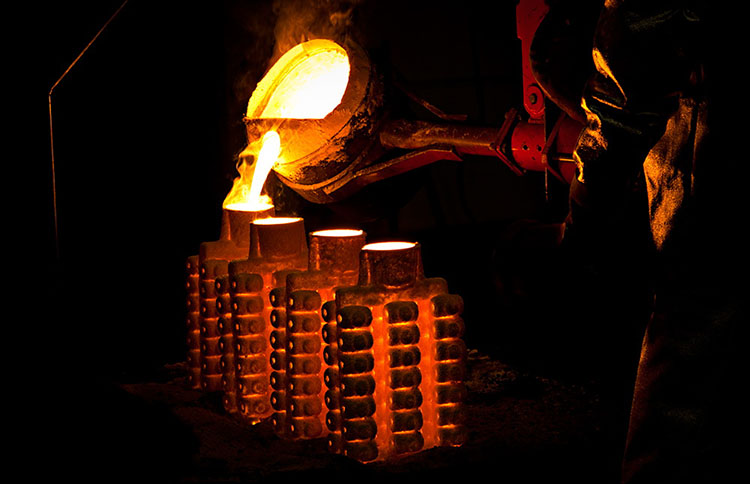
The first step in the investment casting process is creating a wax mold. This wax model is crafted to match the desired shape of the final product. The wax pattern should have high dimensional stability and low ash content to ensure minimal residue during the burnout process. Common types of wax include paraffin, microcrystalline wax, and blended wax. The selection criteria for these materials are based on melting point, flow properties, and ease of wax removal.
2. Metal alloys for castings
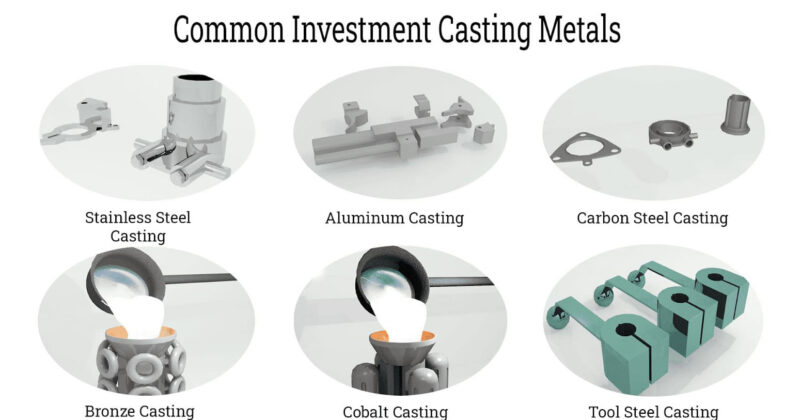
The second critical material in the investment casting process is the alloy used to create the desired product. Each material has its own unique mechanical properties, environmental compatibility, and applications. Common materials in investment casting include:
- Stainless Steel: Known for its exceptional strength, stainless steel is a preferred material in investment casting. It is commonly used for manufacturing gear components, as well as applications in the automotive, aerospace, and medical equipment industries.
- Aluminum Alloys: With advantages such as lightweight and high durability, aluminum alloys are widely used in aerospace, automotive, electronics, and military equipment. Investment-cast aluminum alloy products benefit from enhanced surface quality and high strength.
- Carbon Steel: This material is more cost-effective than other alloys. Despite its lower cost, carbon steel is valued for its durability, making it suitable for producing industrial machinery parts and automotive components.
- Nickel-Based Alloys: These alloys are used in casting products for the aerospace, medical, energy, chemical processing equipment, and turbine blade industries. Nickel-based alloys offer excellent oxidation resistance and high-temperature strength.
- Copper Alloys: Copper is a versatile material with over 400 different alloy types. It is characterized by excellent electrical conductivity, corrosion resistance, and low wear rates. Copper alloys are widely used in manufacturing ship propellers, electrical components, and plumbing fixtures.
Choosing the right material for investment casting helps optimize the casting process and enhances the product’s lifespan.
See more:
- Investment casting process: Revolutionizing manufacturing with precision
- Difference between forging and investment casting
Contact GTR Vietnam immediately for free consultation:
Address: Hall X2, Hai Thanh industrial zone Duong Kinh ward Hai Phong, Vietnam
Website: https://gtrvietnamcast.com/
Email: info@gtrvietnamcast.com
Hotline: +84 2253 660919
